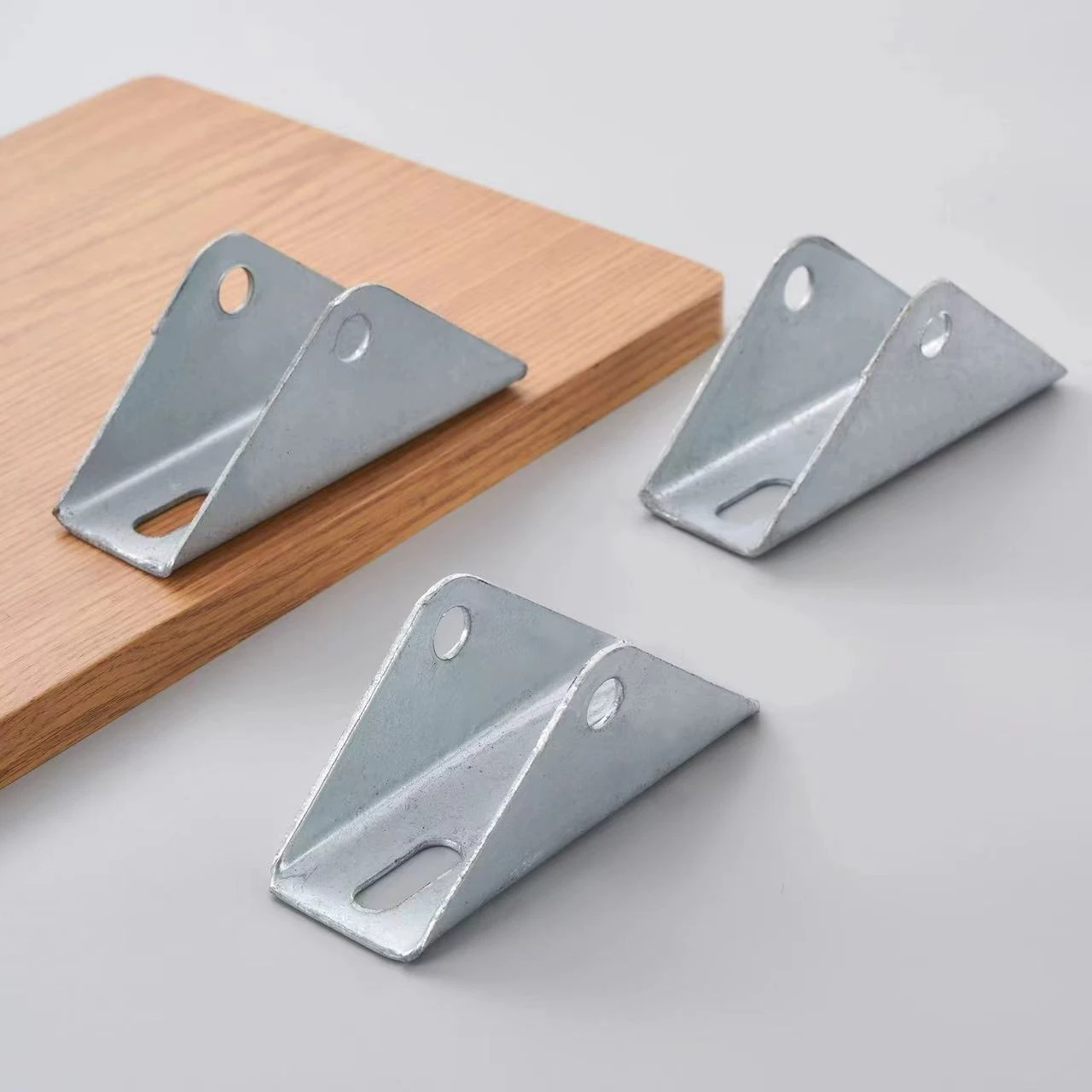

anchor stud bolt
12월 . 07, 2024 13:58 Back to list
anchor stud bolt
Understanding Anchor Stud Bolts A Comprehensive Guide
Anchor stud bolts are essential components used in construction and engineering, providing secure fastening and stability in various applications. These bolts, designed to be embedded in concrete or masonry, serve as the primary means of attaching structural elements, equipment, or machinery to a solid foundation. Their unique design and functionality make them indispensable in many industries, including construction, manufacturing, and heavy machinery.
What are Anchor Stud Bolts?
Anchor stud bolts are long, cylindrical rods with a threaded end that allows them to be anchored into concrete or other solid materials. The other end is typically left unthreaded, which provides a greater surface area for welding or attaching other components. These bolts come in various sizes and materials, including stainless steel, carbon steel, and alloy steel, depending on the specific requirements of the project and the environmental conditions in which they will be used.
Applications
1. Construction In building projects, anchor stud bolts are commonly used to secure structural steel elements to concrete foundations. They provide a robust connection that can withstand considerable forces, making them ideal for high-rise buildings, bridges, and other large structures.
2. Machinery Installation Heavy machinery in industrial settings often requires secure anchorage to prevent movement during operation. Anchor stud bolts ensure that machinery remains stable, reducing the risk of accidents and improving overall efficiency.
3. Telecommunication Towers Anchor bolts are crucial in the installation of cell towers and other communication infrastructure. They provide a stable base that can withstand wind forces and other environmental stresses, ensuring the reliability of signal transmission.
4. Wind Turbine Foundations In renewable energy applications, anchor stud bolts are used to secure the foundations of wind turbines. Their ability to handle significant loads and environmental conditions makes them vital for the sustainability of wind energy projects.
Types of Anchor Stud Bolts
There are several types of anchor stud bolts, each designed for specific applications
- Standard Anchor Bolts These are typically embedded in concrete to provide a general anchoring solution for various structures.
anchor stud bolt

- Swaged Anchor Bolts These have a reduced diameter at the end, allowing for easier installation and providing a stronger grip in concrete.
- Threaded Anchor Bolts With fully threaded designs, these bolts enable greater versatility and can be fitted with nuts and washers for added security.
- L-Bolts and J-Bolts Shaped like letters, these bolts are useful for securing surfaces where traditional bolts may not fit.
Installation Considerations
The installation of anchor stud bolts requires careful planning and execution. Here are key factors to consider
1. Load Capacity Prior to installation, it’s crucial to determine the load capacity required for the application. This ensures the selected bolts will withstand both static and dynamic loads.
2. Concrete Strength The strength of the concrete into which the anchor stud bolts will be embedded plays a critical role. Higher-strength concrete can support larger and more robust configurations.
3. Environmental Conditions Factors such as corrosion potential, temperature fluctuations, and exposure to chemicals must be considered when selecting bolt materials. For outdoor or harsh environments, corrosion-resistant materials like stainless steel are often preferred.
4. Alignment and Positioning Proper alignment during installation is essential. Misalignment can lead to stress concentrations and potential failure of the connection.
Conclusion
Anchor stud bolts may seem like simple components, but they play a significant role in the integrity and safety of various structures and systems. Their strength, versatility, and adaptability to different environments make them a staple in construction and engineering. By understanding their types, applications, and installation considerations, engineers and builders can ensure that they select the appropriate anchor solutions for their projects—ultimately leading to more efficient and safer construction practices. As the demands of modern engineering continue to evolve, anchor stud bolts will remain a critical element in supporting the foundations of our infrastructure.
Latest news
-
Similarities and Differences Between Plain Washer and Spring Washer - Fastener Comparison Guide
NewsJun.10,2025
-
Effortless Installation Self-Drilling Window Screws - Fast, Secure, and Durable Fasteners
NewsJun.10,2025
-
Self Drilling Stucco Screws for Fast, Secure Installation Self Tapping & Self-Tapping Fasteners
NewsJun.10,2025
-
Premium Hot Dipped Galvanized Self Tapping Screws - Durable Corrosion Resistance
NewsJun.09,2025
-
Discover M12 Weld Stud Benefits & Applications Guide
NewsJun.09,2025
-
M25 Stainless Steel Washers High-Durability Fasteners for Corrosion Resistance
NewsJun.09,2025

